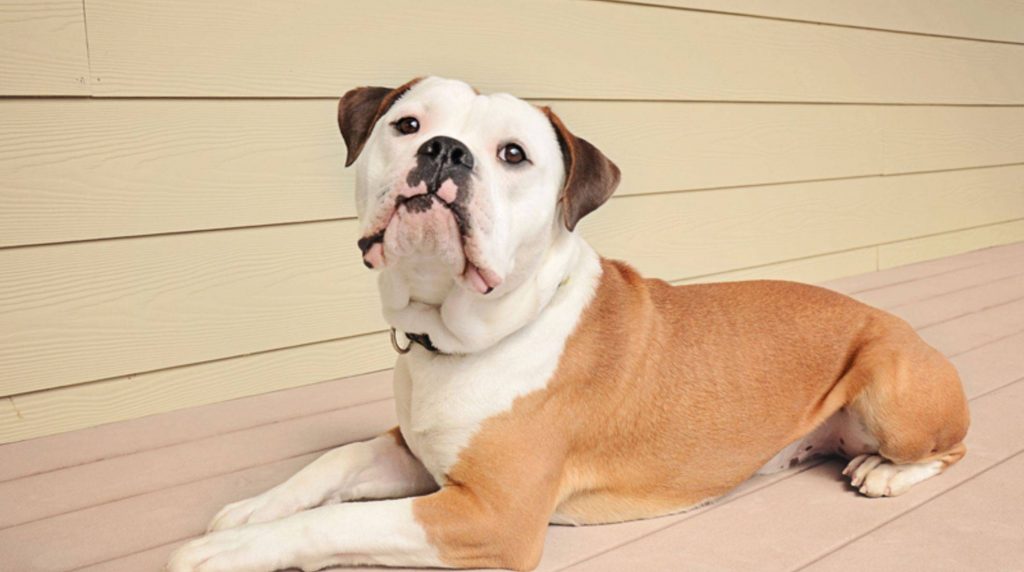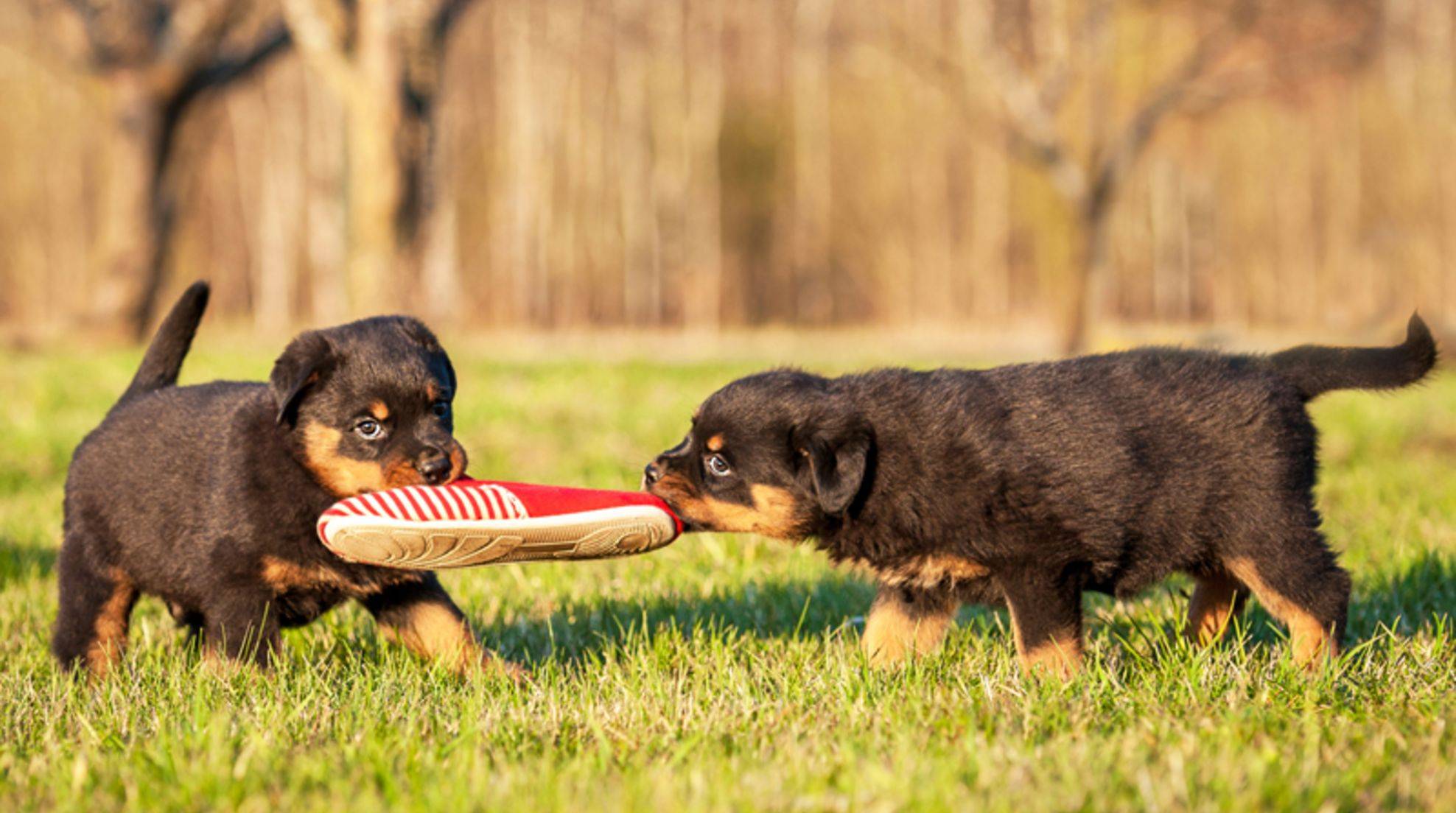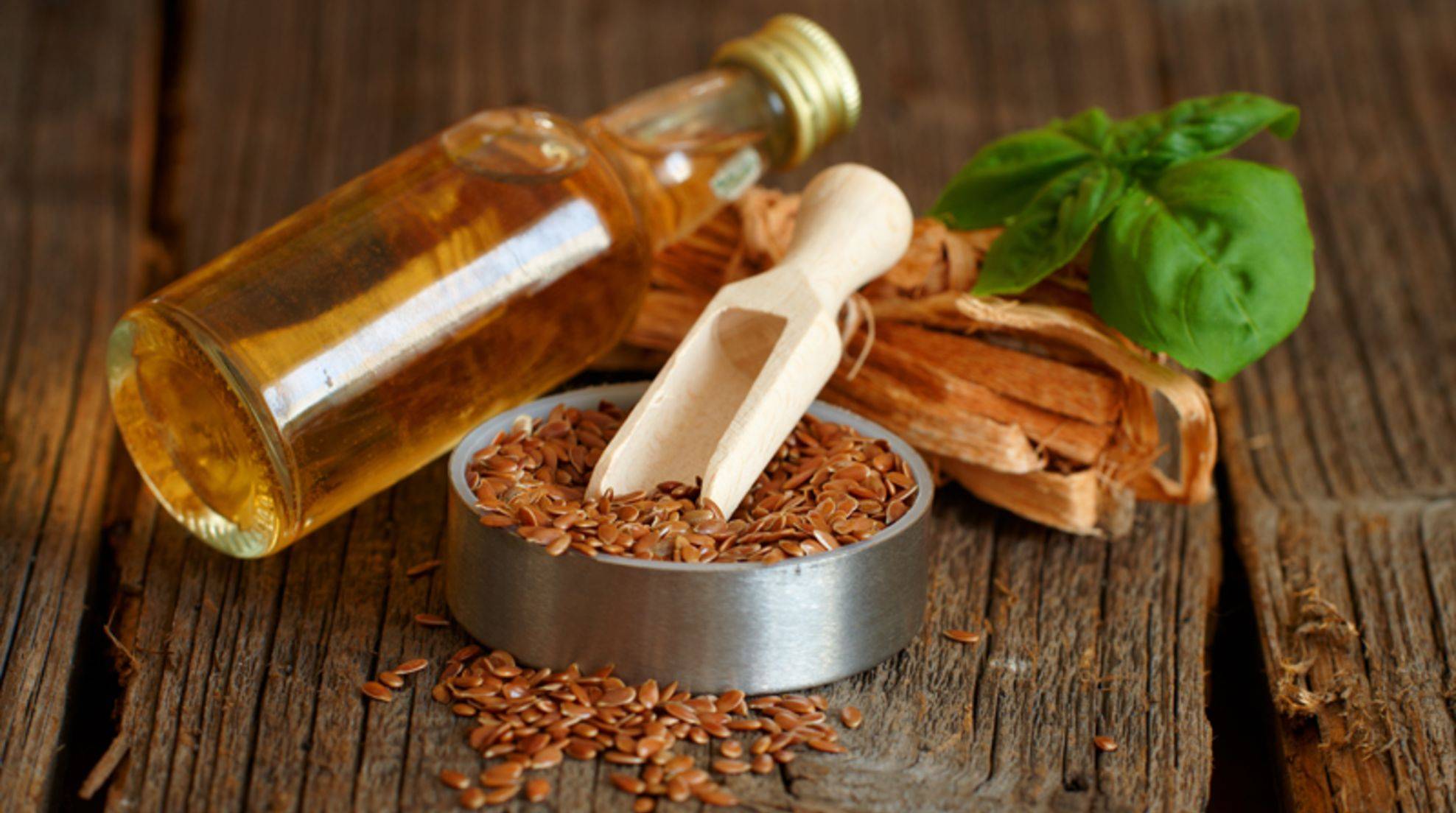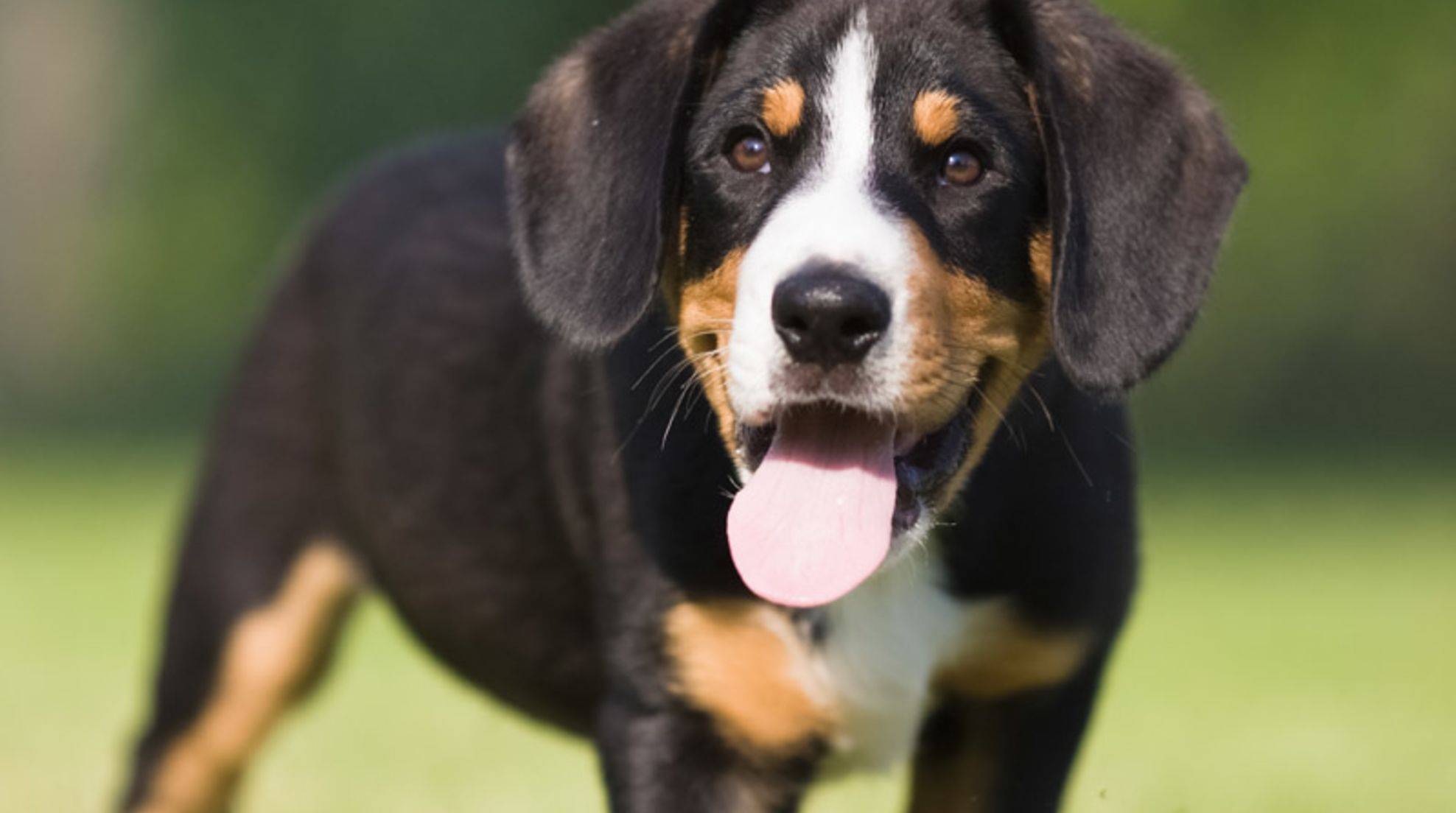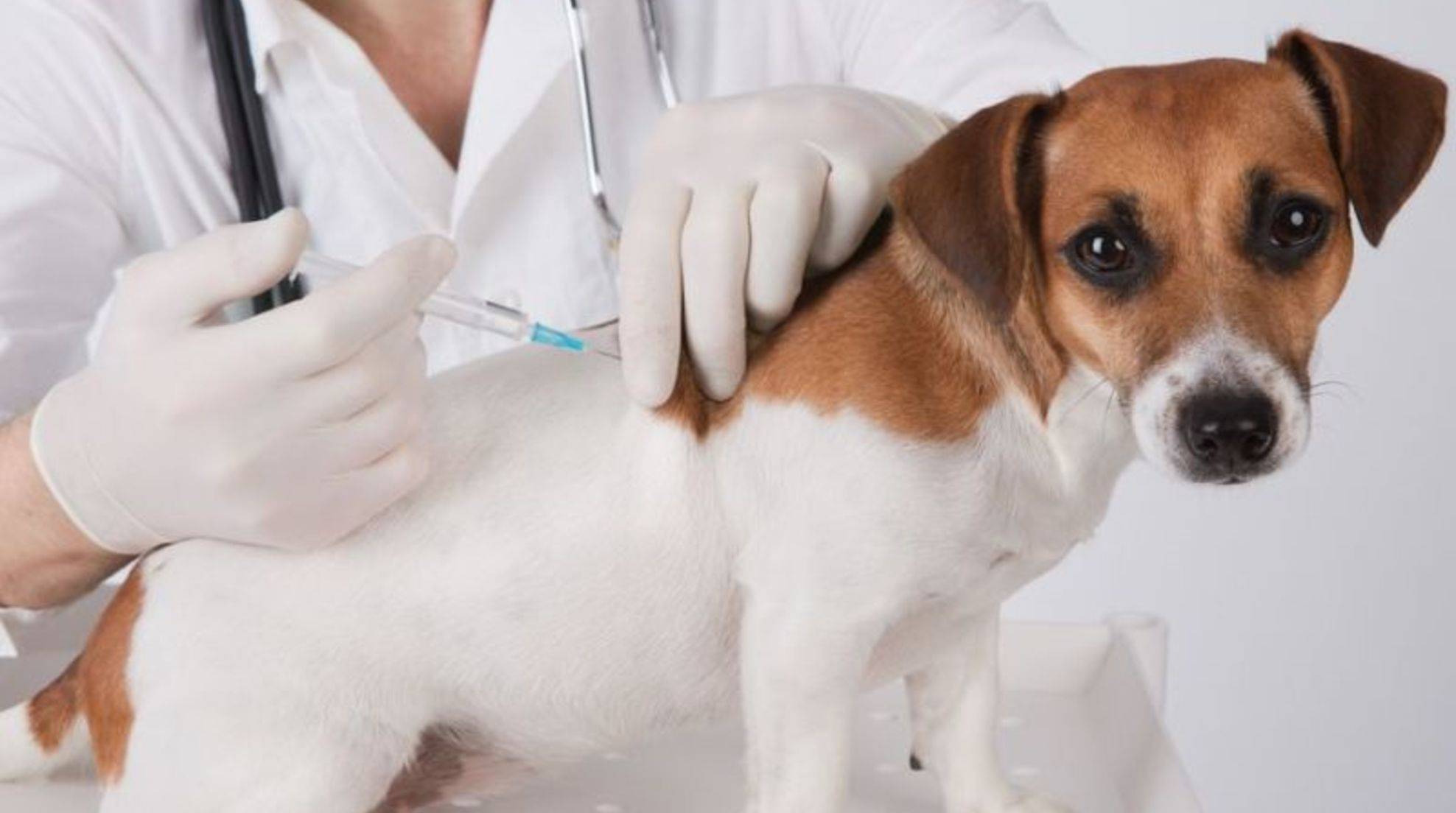Olde English Bulldog: portrait of the dog breed
The Olde English Bulldog (OEB) is a back-breeding of the English Bulldog, as this dog breed in its current form is very susceptible to disease. The OEB breeding goes back to the US-American David Leavitt, who crossed different breeds into the bulldog breeding in order to breed out breed standards that are harmful to health. Here you can learn more about the Olde Bulls.
The English Bulldog faces significant physical limitations due to its short muzzle, flat nose, skin folds and crooked legs. Because of this, there are now various backbreeding programs to return the lovable dog breed to its original, healthier appearance.
In the so-called Vintage English Bulldogs, only English Bulldogs that match the original appearance may be used for breeding. Thus, this variety is comparable to the Old German Pug. The Olde English Bulldog, on the other hand, was created by crossbreeding other dog breeds, similar to the Retro Pug.
History of the Olde English Bulldog dog breed
In the past, bulldogs were bred for the sport of bull rushing, which was popular in early England. However, bull rushing was banned in 1835 and the dog breed lost its purpose. Gradually, there were fewer and fewer English Bulldogs until breeders rediscovered them as a show breed in 1860. Now it was no longer sportiness, strength, condition and health that mattered, but appearance. As a result, the dogs’ muzzles became shorter and shorter, their noses flatter and flatter, their legs shorter and more crooked, and their skin more and more wrinkled. The eyes of this “modern” English Bulldog protrude and the animals have a strong underbite.
The US-American David Leavitt could no longer stand by and decided in 1971 to breed the English Bulldog back to its original appearance. The goal was a healthy, strong and active bulldog variety without breathing, eye, bite, skin and joint problems. He bred English Bulldogs to dogs that were one-third Bullmastiff, one-third American Bulldog, and one-third American Pit Bull Terrier, and in this way managed to breed out the health-limiting breed traits.
Thus, the Olde English Bulldog is actually a mixed breed and is not yet recognized as an independent dog breed by the FCI (Fédération Cynologique Internationale) and the AKC (American Kennel Club). The UKC (United Kennel Club) – umbrella organization for dog breeding and dog sport with origin in the USA – considers the “retroversion” of the Bulldogs however as an own breed. Since in the meantime also Olde English Bulldogs are bred, which do not correspond to the conceptions of Leavitt, the “originals” are led nowadays also under the designation Leavitt Bulldog or Leavitt Olde English Bulldog.
Character of the Olde English Bulldog
The Olde English Bulldog has a great perception and is very intelligent. However, like the English Bulldog, it is also quite stubborn, likes to solve problems and make decisions on its own. Nevertheless, it is considered to be people-friendly and peaceful – especially towards their caregivers and other creatures in their family. Moreover, these dogs are playful and fond of children, provided they have been well trained. However, it is advisable to keep Olde Bulls as a family dog only when the children are already older and stronger, as the muscular, medium-sized dogs could accidentally harm small children while playing.
OEBs have an instinctive protective instinct for their own pack, are often reserved with strangers at first, and may show occasional aggression toward conspecifics of the same sex. But overall, their character is friendly and non-aggressive. To keep it that way, good early socialization and loving, consistent training with lots of positive reinforcement is important.
Husbandry tips for the Olde English Bulldog
Olde Bulls, because of their intelligence and physical strength, need both mental and physical exercise to keep them from becoming bored and developing undesirable behavioral problems. Unlike English Bulldogs, OEBs love dog sports and do well in agility or obedience training. Their short coat is very low maintenance, however, they do freeze when outside in the winter and need a coat in cool temperatures.
Because their eyes do not protrude as much, they are less prone to eye infections as the modern variety of dog breed. Also, the skin folds cause few problems because they are not as deep. Tooth and jaw misalignments are also rarely found in Olde English Bulldogs.

